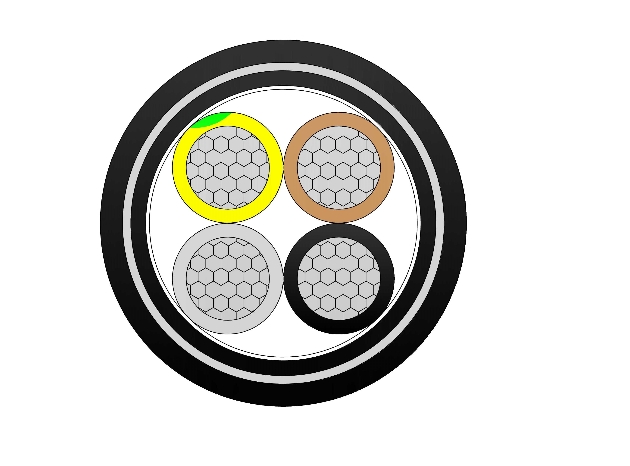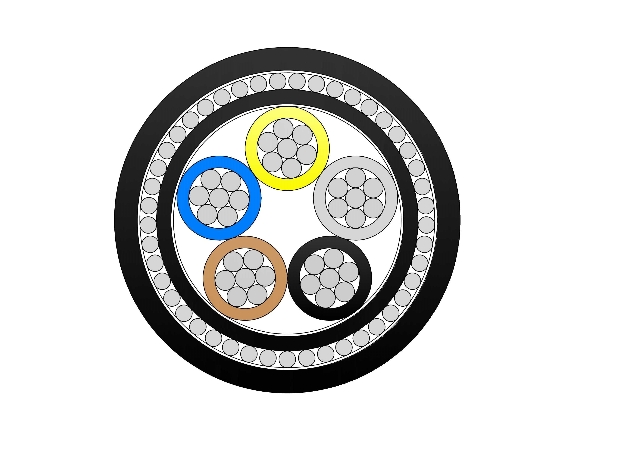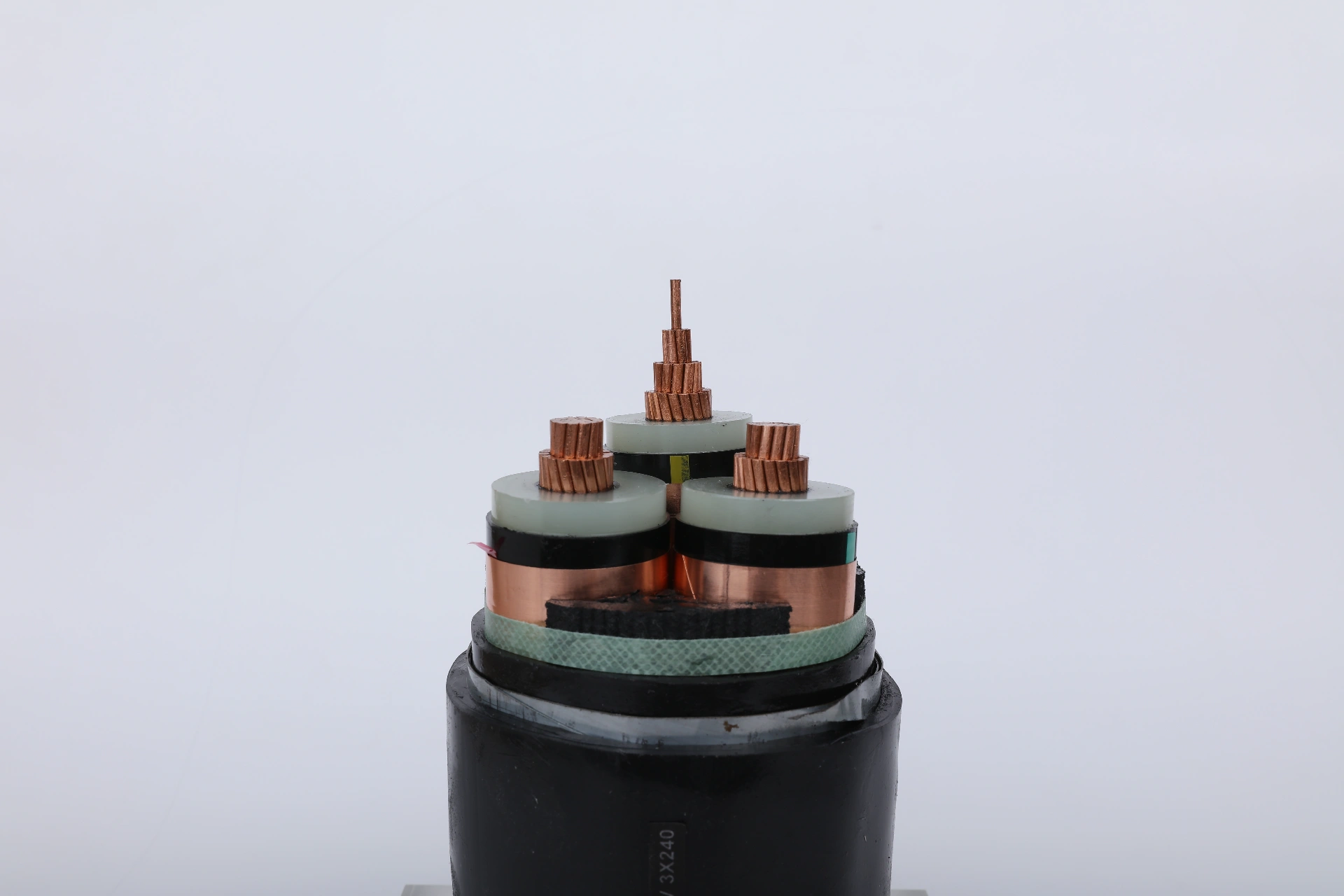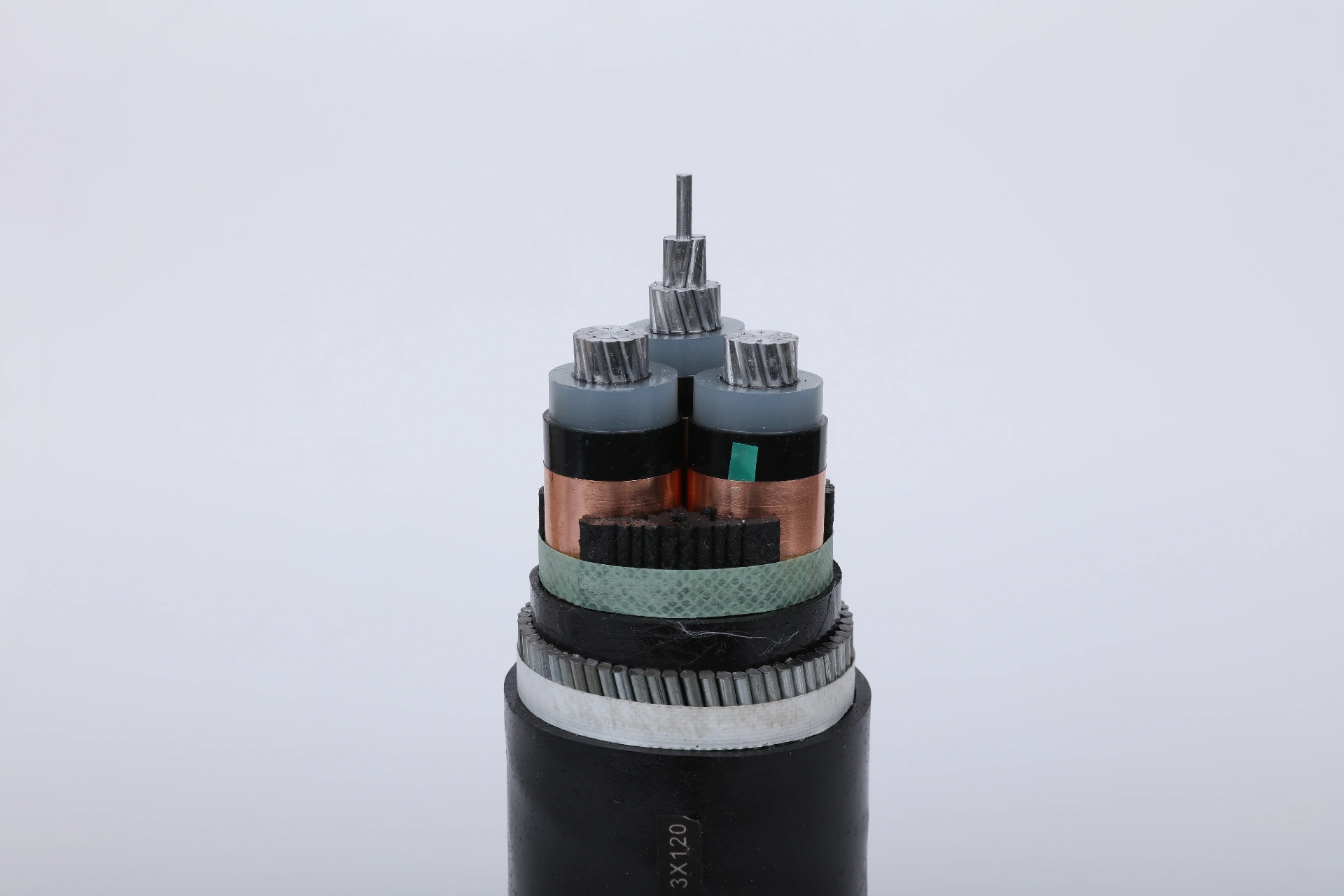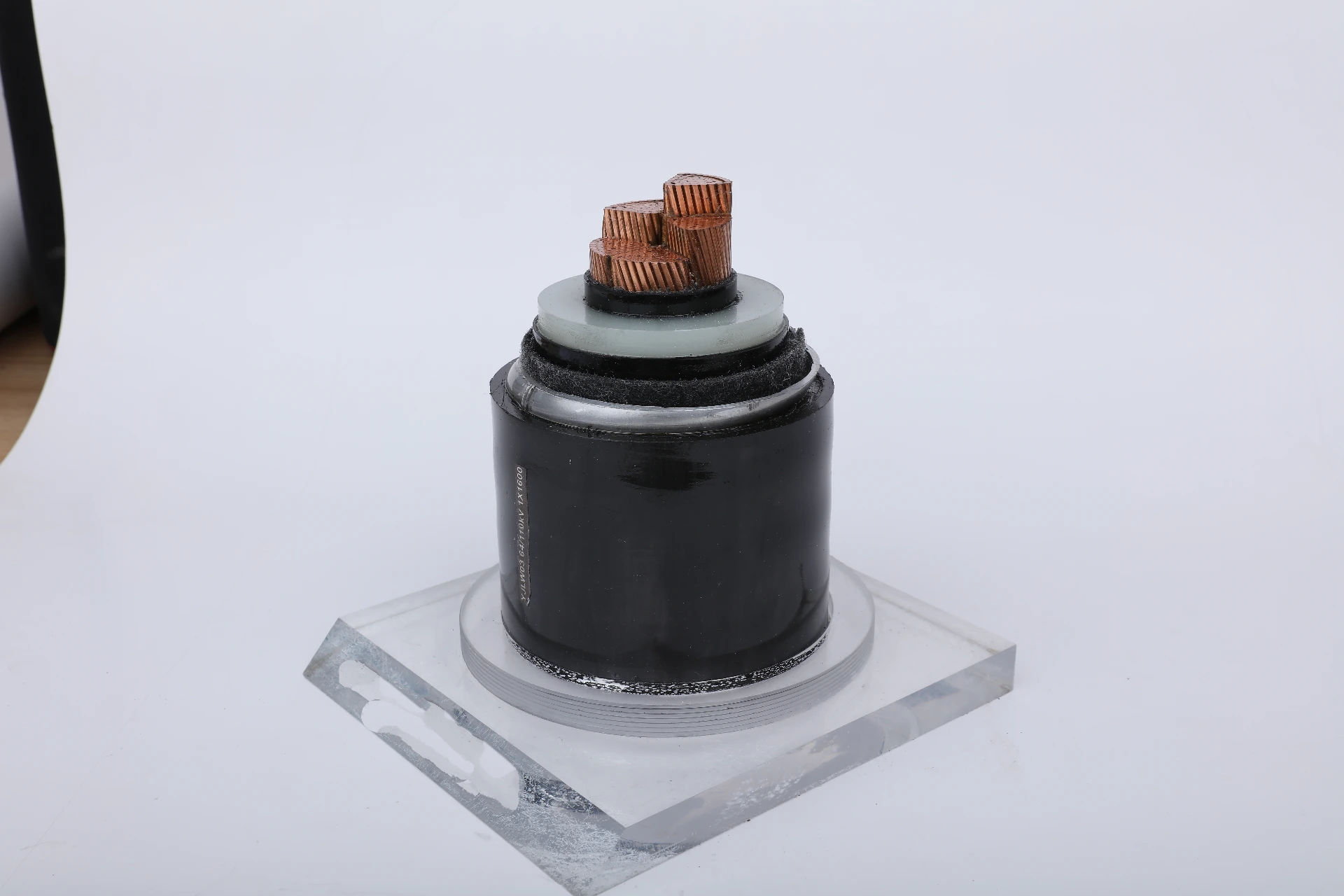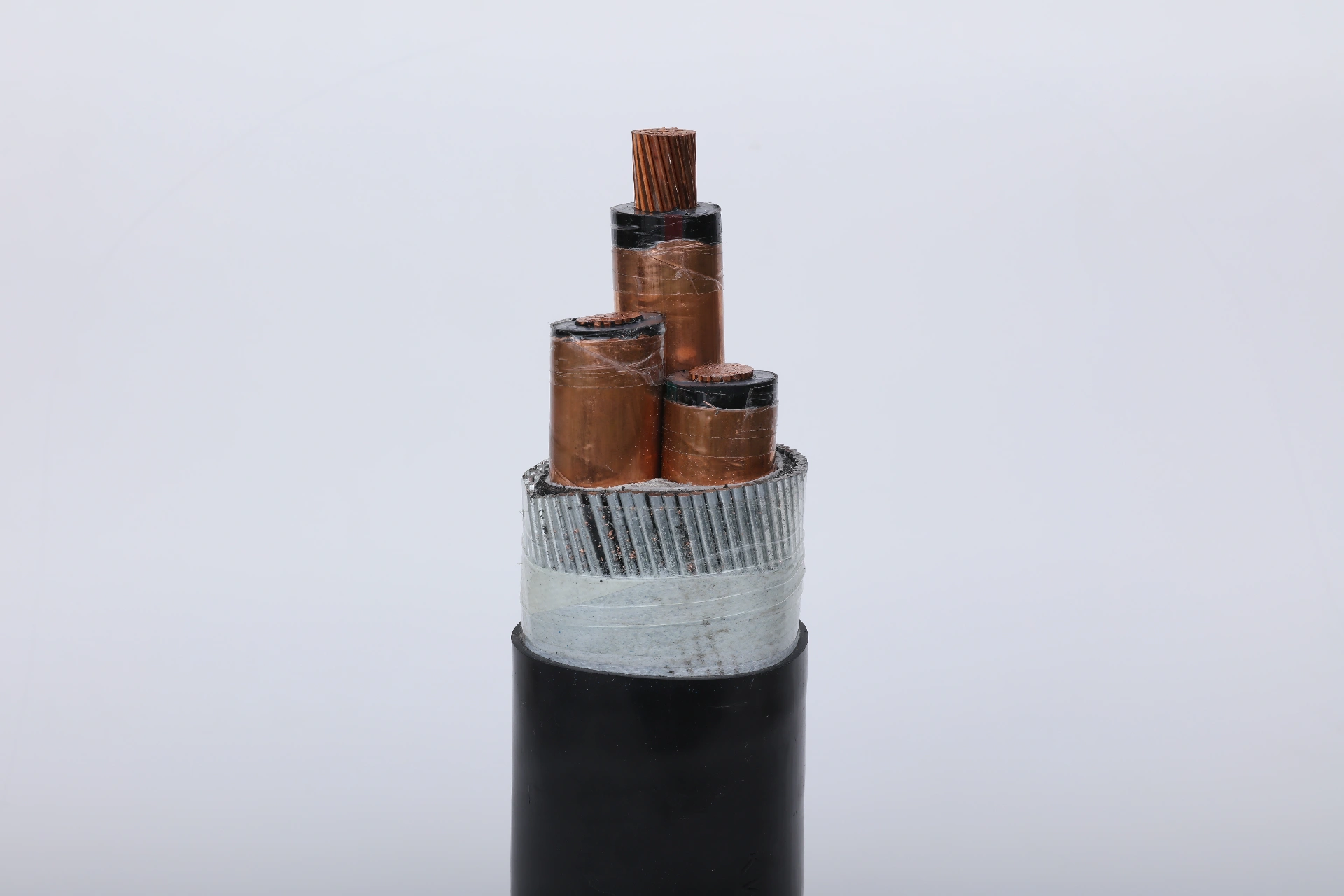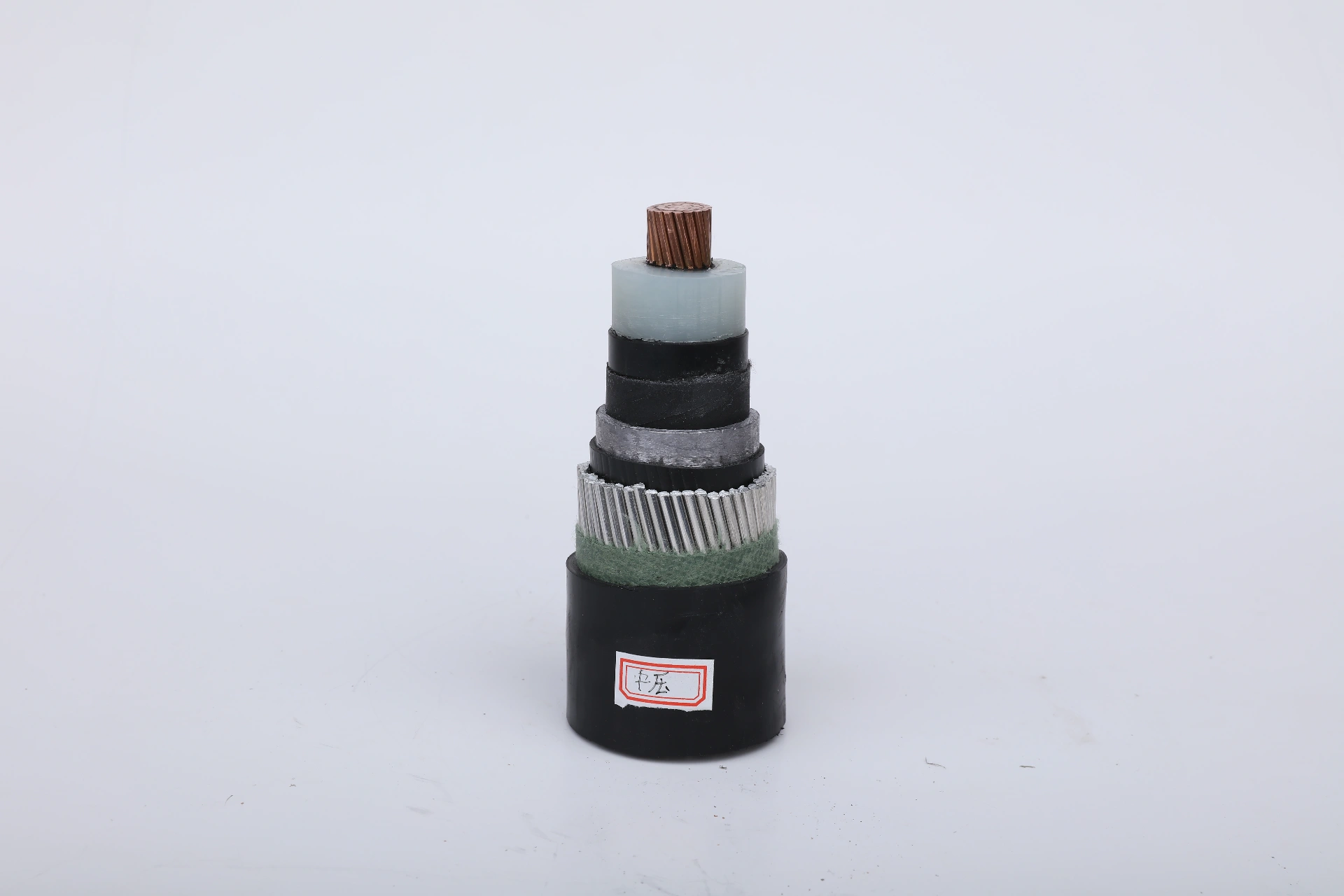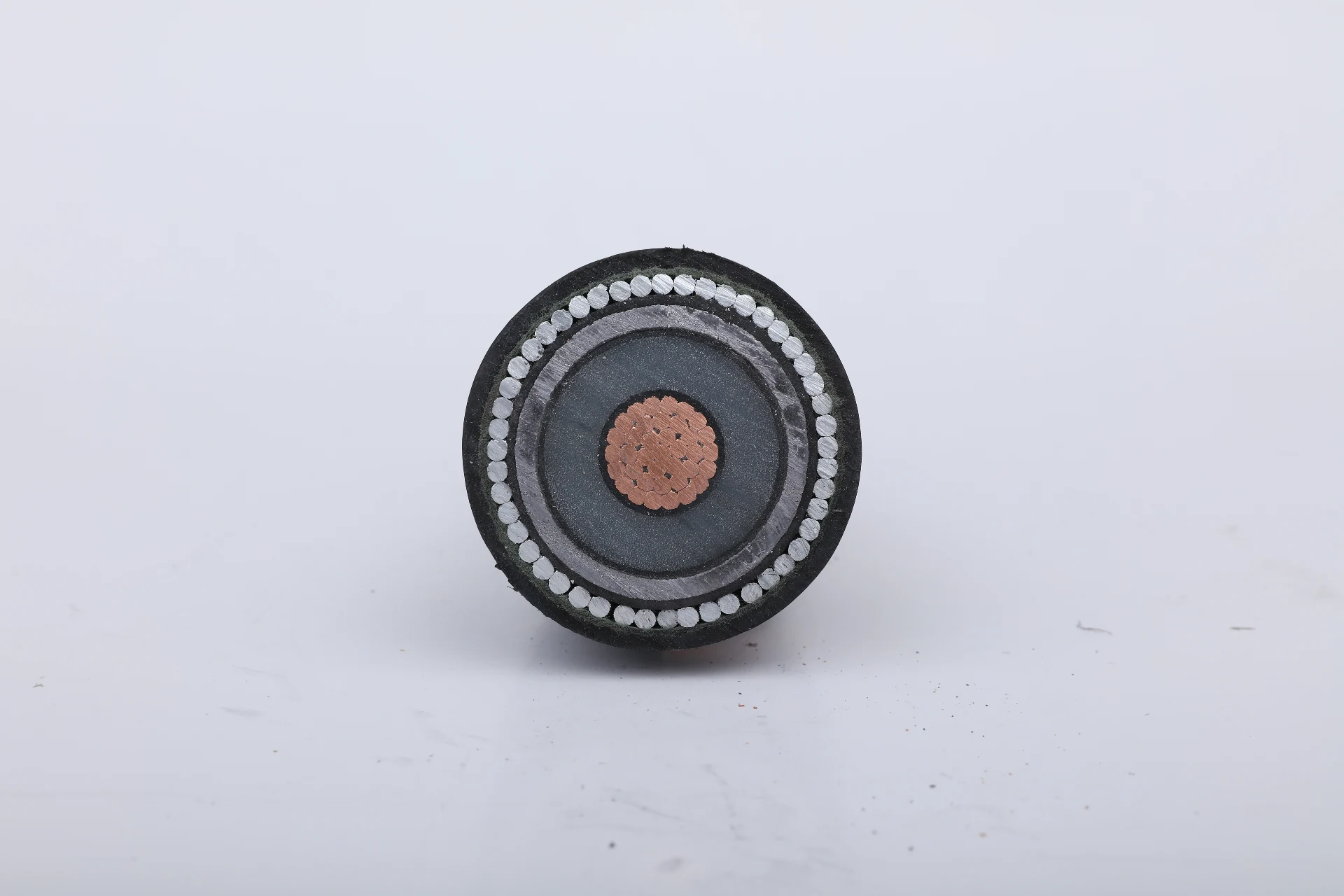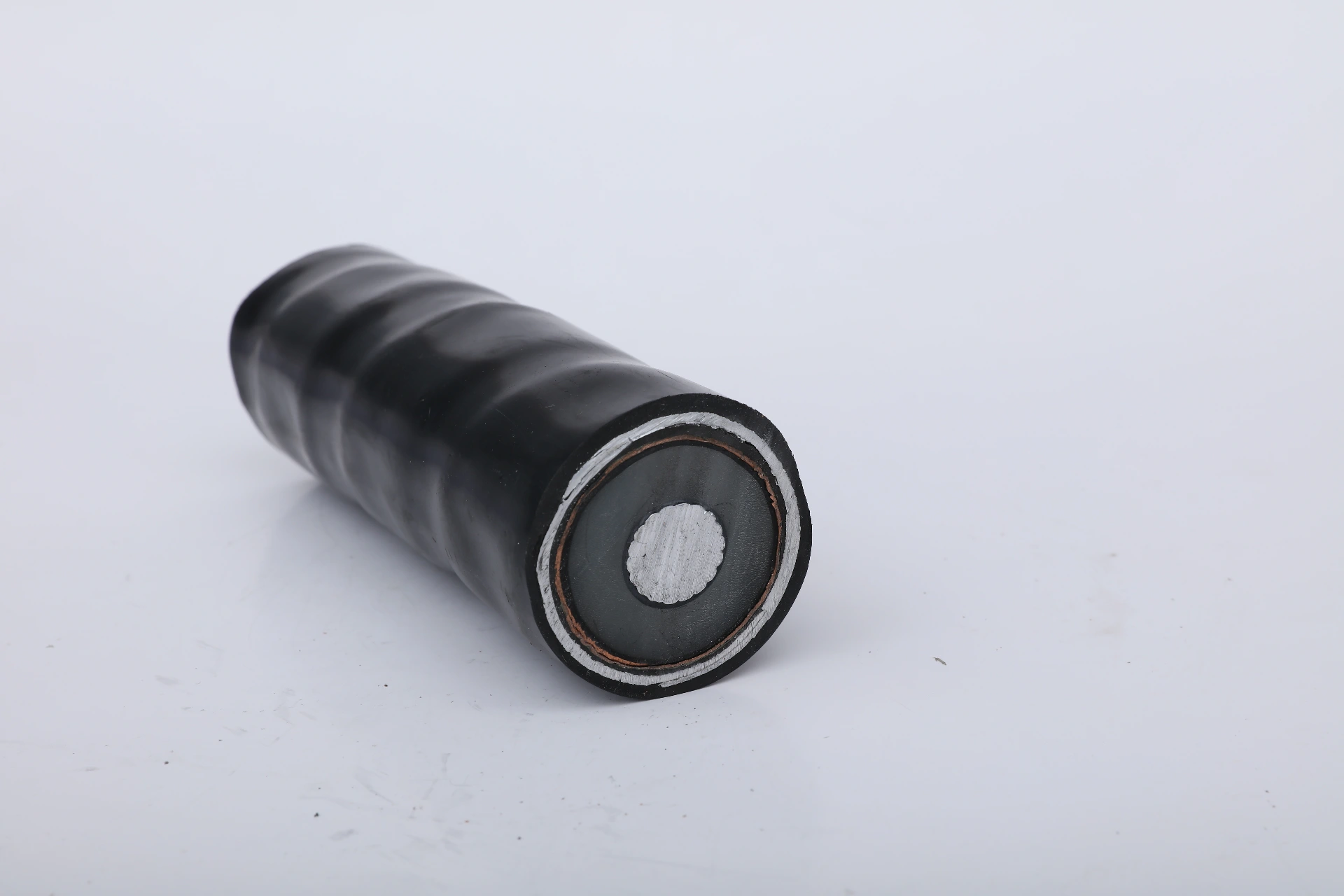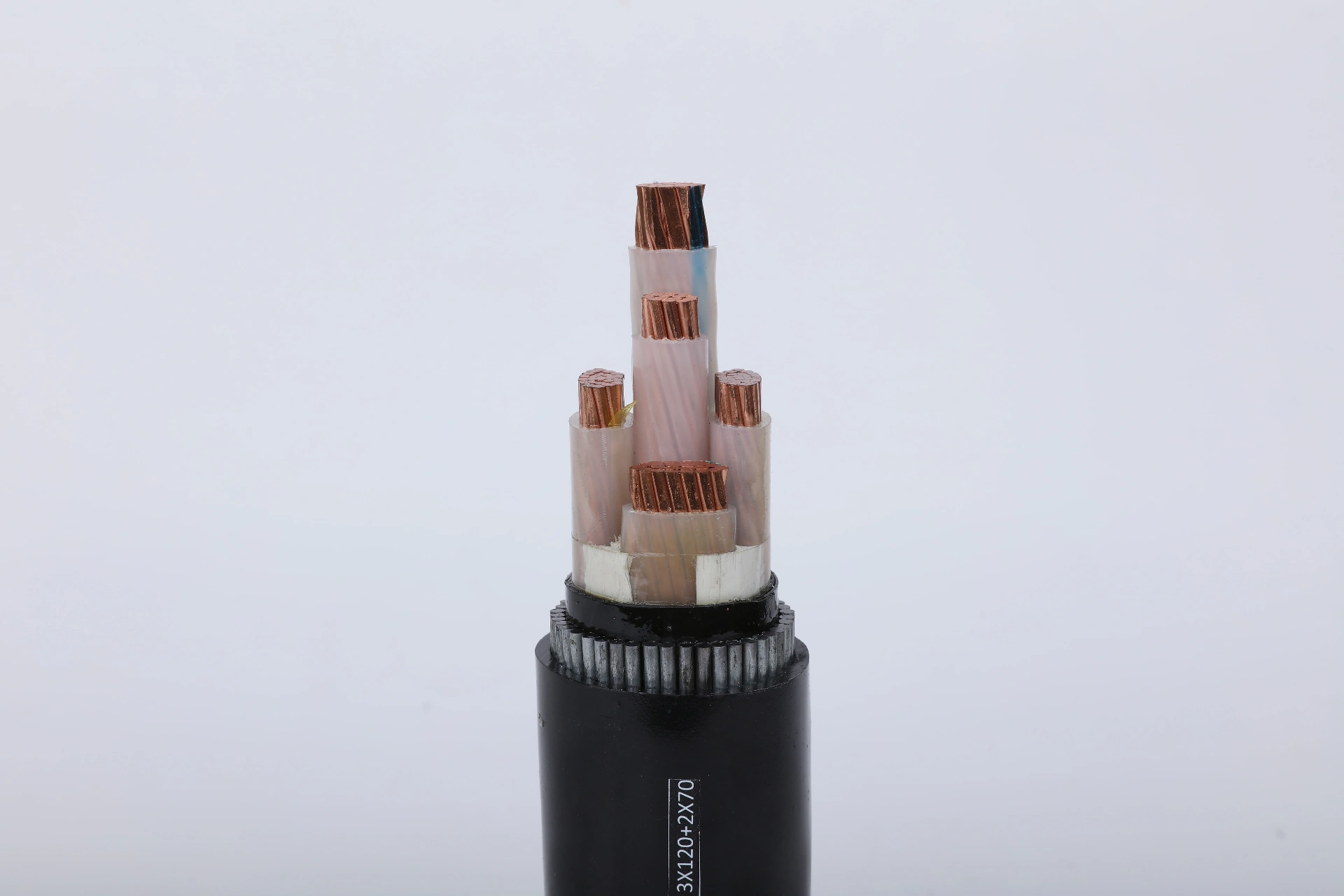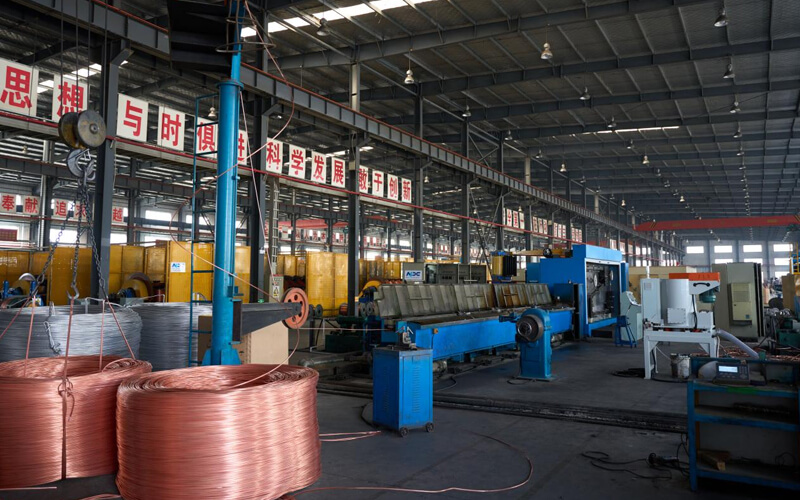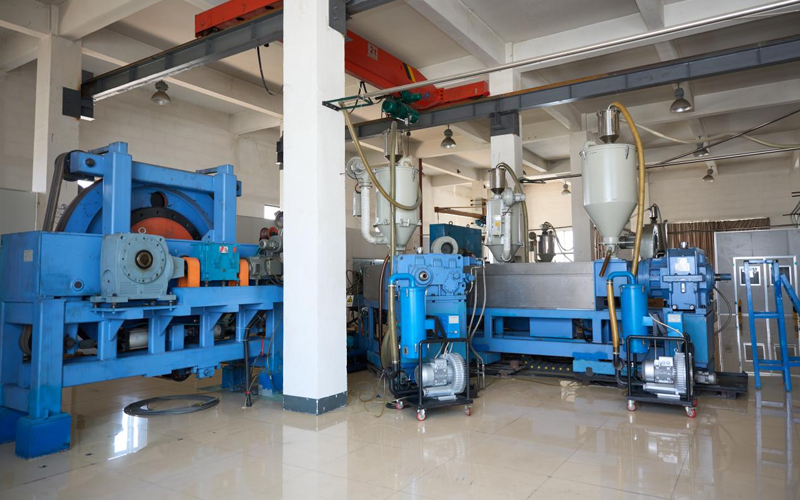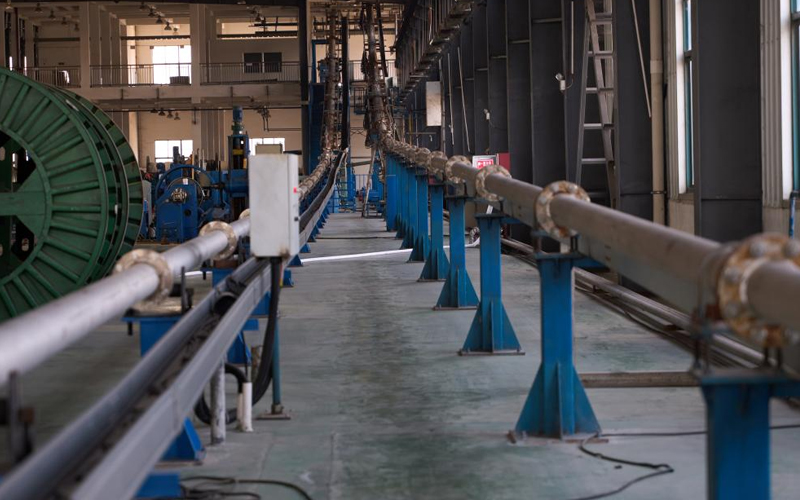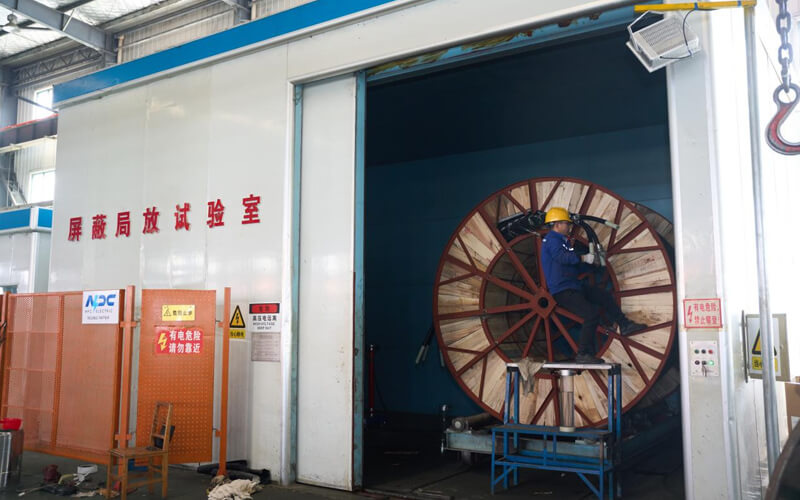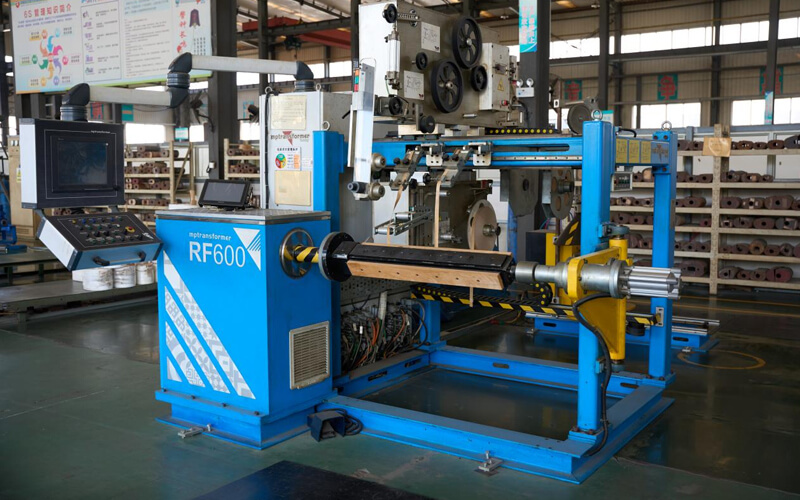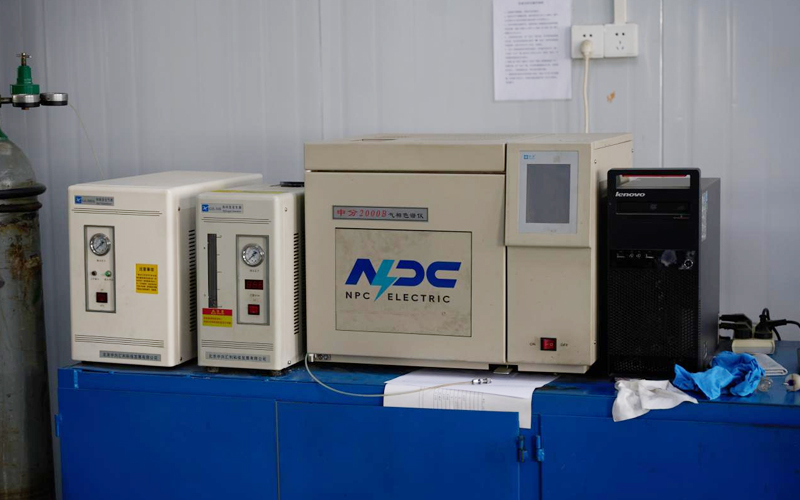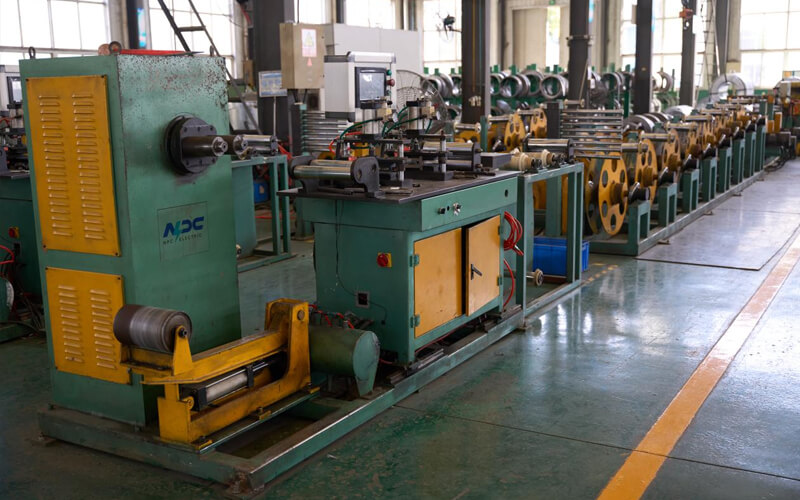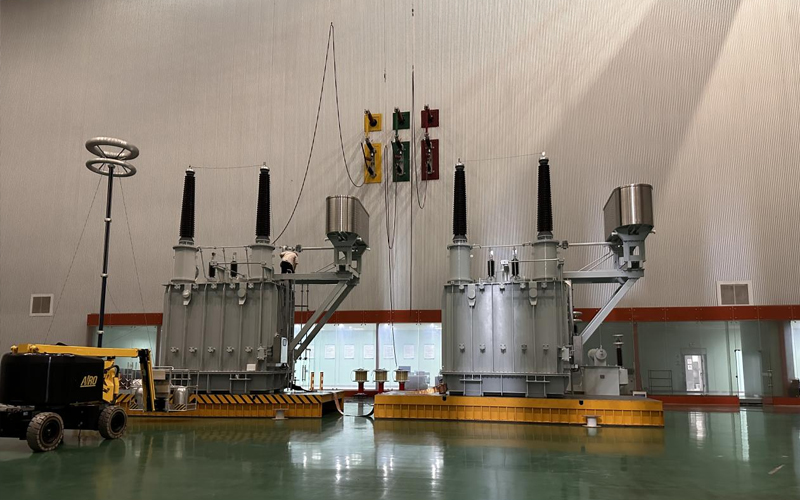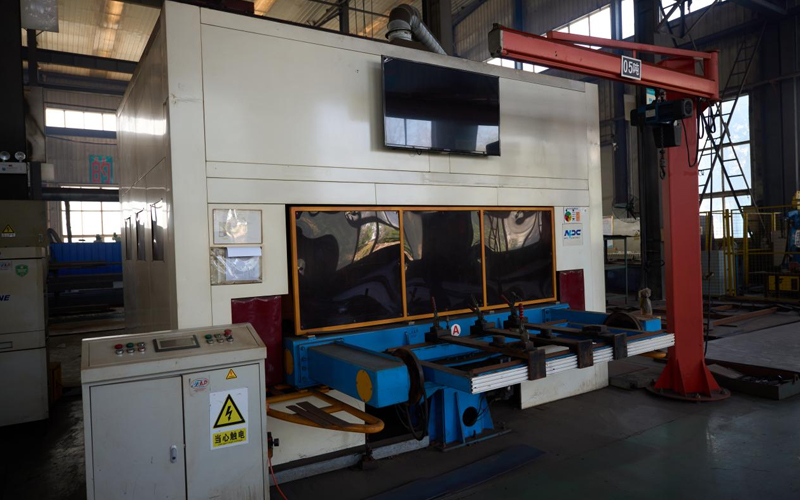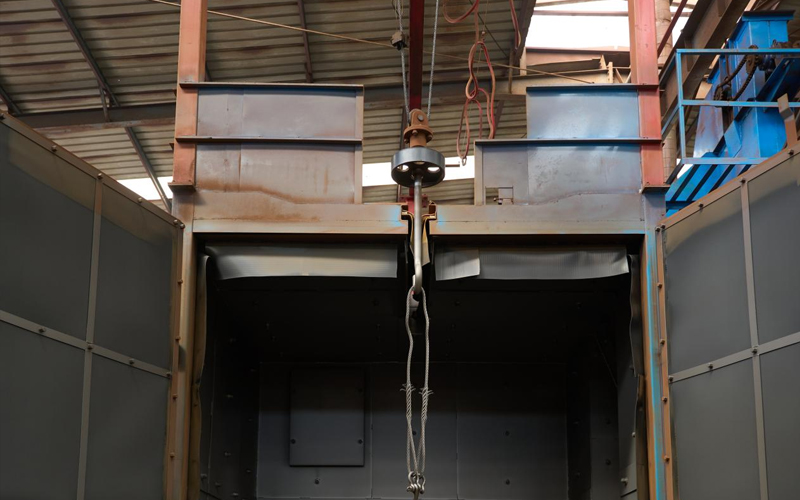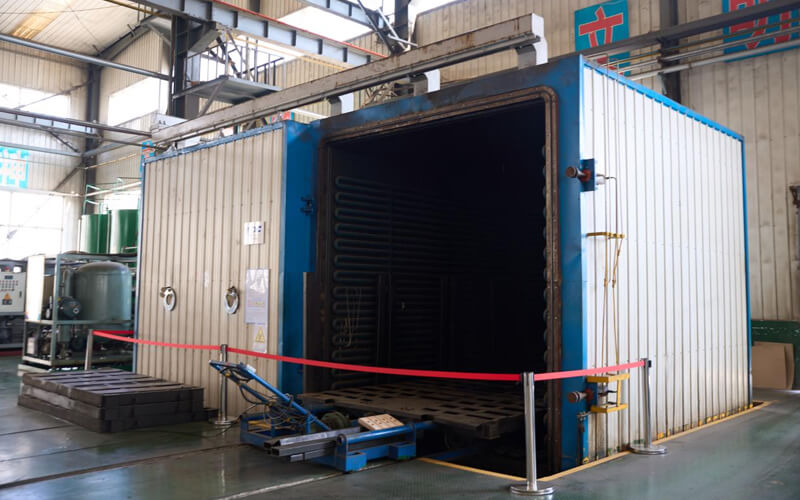Wires and Cables
Low Voltage Power Cable
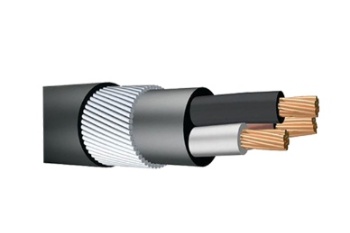
600/1000V PVC Insulated Cable to IEC 60502-1 Standard
600/1000V PVC Insulated Low Voltage Power Cables are used for electricity supply in low voltage installation system, They are suitable for installation in indoors and outdoors, in cable ducts, underground, in power and switching stations, local energy distributions, industrial plants, where there is no risk of mechanical damage.
600/1000V XLPE Insulated Low Voltage Power Cable to IEC 60502-1 Standard
600/1000V XLPE Insulated Low Voltage Power Cables are used for electricity supply in low voltage installation system, They are suitable for installation in indoors and outdoors, in cable ducts, underground, in power and switching stations, local energy distributions, industrial plants, where there is no risk of mechanical damage.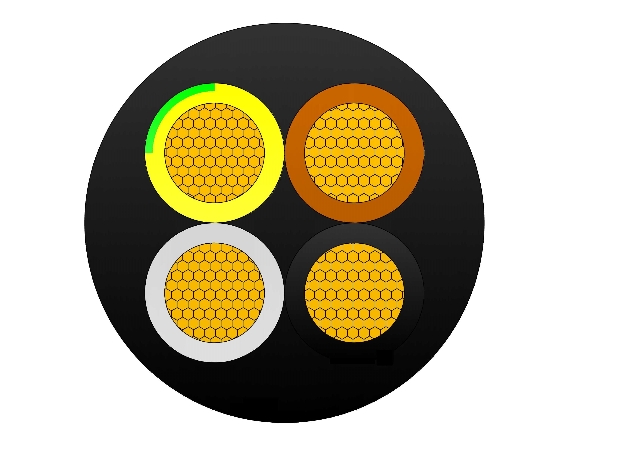
H07ZZ-F 450/750V Low Voltage Power Cable
H07ZZ-F 450/750V Low Voltage Power Cable is a halogen-free, low-smoke flexible power cable designed according to IEC and VDE standards, suitable for fixed installation in dry or damp indoor environments, especially in public buildings where high fire safety requirements apply.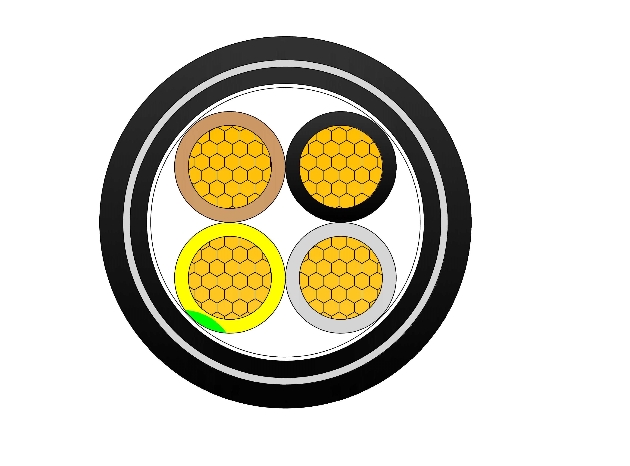
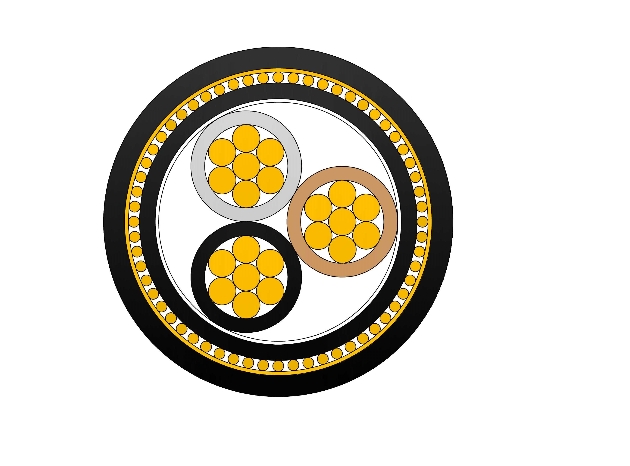
N2XCH 0.6/1kV Low Voltage Power Cable
N2XCH 0.6/1kV are low-voltage power cables designed according to VDE 0276-603 and IEC 60502-1 standards, suitable for fixed installation in indoor, outdoor, and underground environments, including concrete (not exposed to vibration), where electromagnetic shielding is required.
N2XRY 0.6/1kV Low Voltage Power Cable
N2XRY 0.6/1kV are low voltage power cables designed according to BS 5467 standard, suitable for fixed installation in indoor, outdoor, underground, Cable ducts ,conduits or concrete (not subject to vibration) environments,with additional mechanical protection due to steel wire armouring.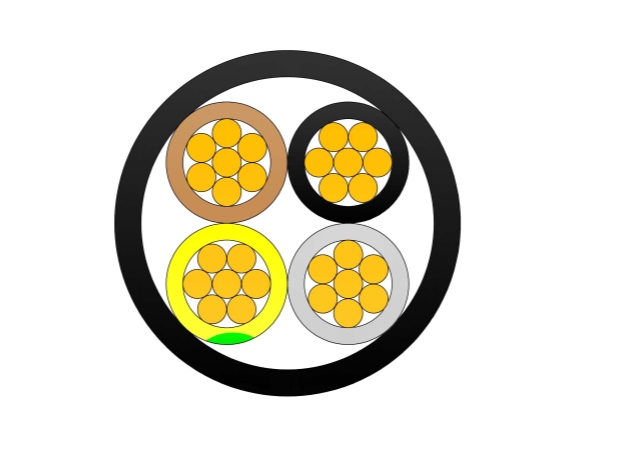
In-Depth Analysis
Comparative Analysis of Efficiency and Loss
Compared to the industry average, NPC wires and cables exhibit lower losses and higher efficiency across the entire load range.
Load Efficiency Comparison(%)
No-load Loss Comparison(W)
High Conductivity Design
High-purity oxygen-free copper or high-quality aluminum conductors are used with smooth surface and low resistance to ensure efficient power transmission and reduce energy loss.
Insulation Protection System
Use flame-retardant, wear-resistant and corrosion-resistant polymer insulation materials to meet the safe operation requirements in different environments.
Weather-Resistant & Durable Technology
The outer sheath is made of UV-resistant, heat-resistant, and oil-resistant materials, making it suitable for high and low temperatures, humidity, and long-term outdoor use.
Safe Flame Retardant System
The multi-layered flame-retardant structure effectively slows the spread of flames and releases low-smoke, halogen-free gases during combustion, reducing secondary hazards.
Easy Installation & Maintenance
The flexible core and flex-resistant outer sheath provide a small bend radius and high installation efficiency. Color coding and length markings reduce installation and maintenance costs.
Intelligent Monitoring
An optional remote monitoring system is available to monitor operating status, temperature, load and other parameters in real time, and supports fault warning and remote diagnosis.
Environmental Adaptability Analysis
NPC power cable have been rigorously tested and can operate stably under various harsh environmental conditions.

Temperature Range
-40℃ ~ +55℃
Can work normally in extreme high and low temperature environments

Humidity Adaptation
0 ~ 100% RH
Including condensation environment, no frost requirement

Weather Resistance Grade
UV/IEC 60811-501
The outer sheath has excellent UV resistance and aging resistance

Chemical Corrosion Resistance
Oil / Acid / Alkali
Resistant to oil, acid, alkali and some chemical corrosion environments
Why Choose Us
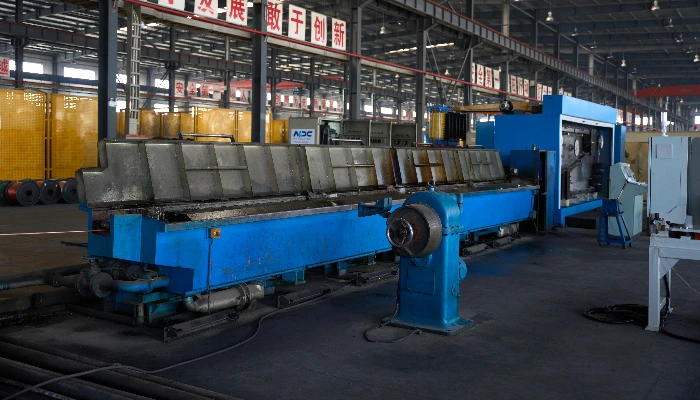
High Quality for LV Cables Manufacturer
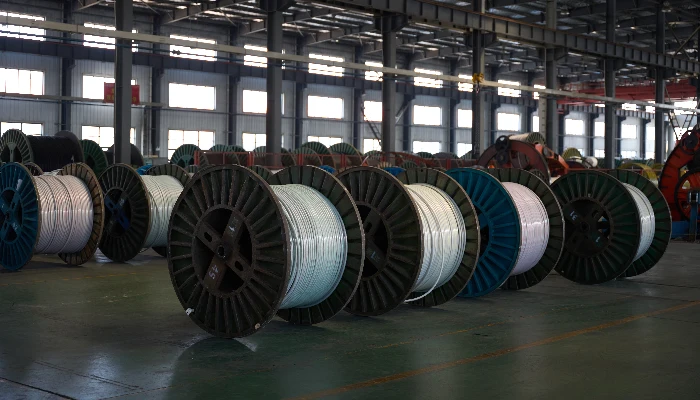
Optimized Performance & Energy Efficiency

Safety & Compliance Guaranteed
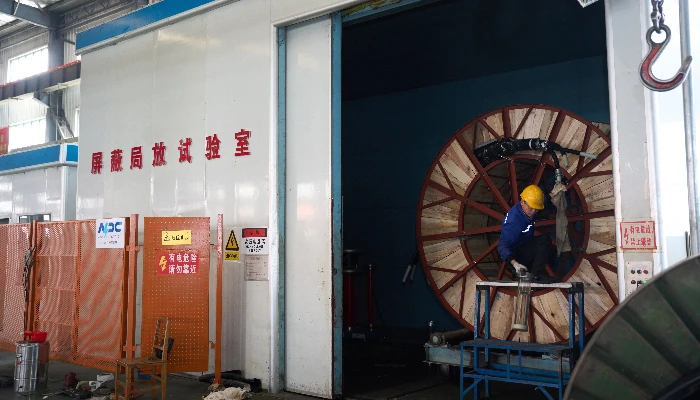
Expert Support & Tailored Solutions
Product Show
Testing and Certification
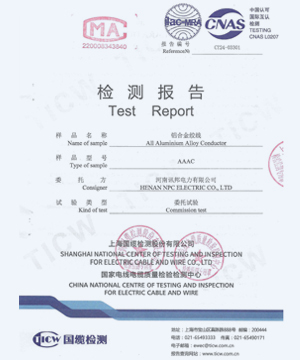
Bare Cable Test Report

SGS Inspection Report
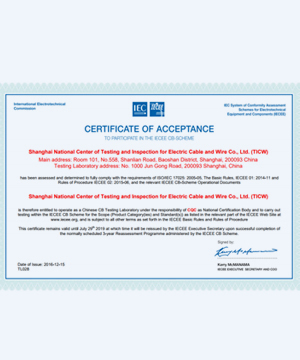
Certificate of Acceptance
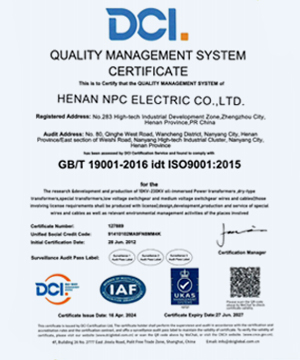
ISO Quality Certificate
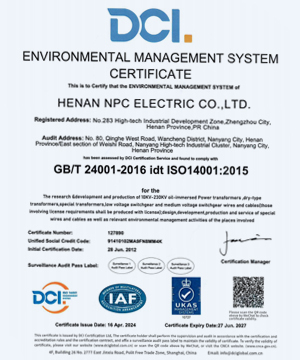
ISO Environmental Certificate

ISO Occupational Certificate

UL Laboratory Certificate
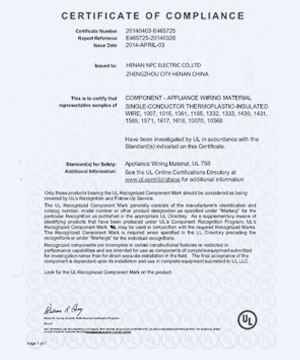
UL Product Certificate
Project Cases
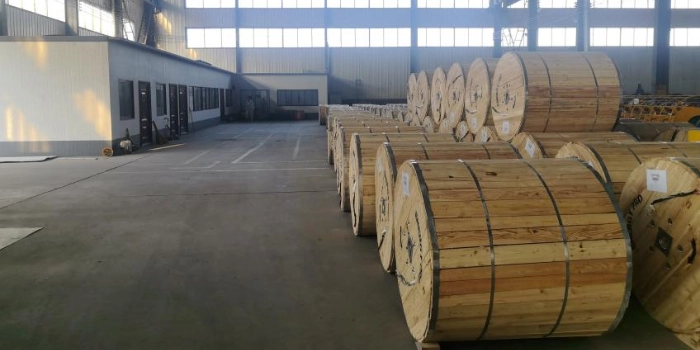
Peru Solar PV Project
CompletedNPC Electric Delivers Medium-Voltage Cables for Peru Solar PV Project
Country:Peru
Model:HEPRZ1(AS) 1x630 mm² 19/33kV x 6km
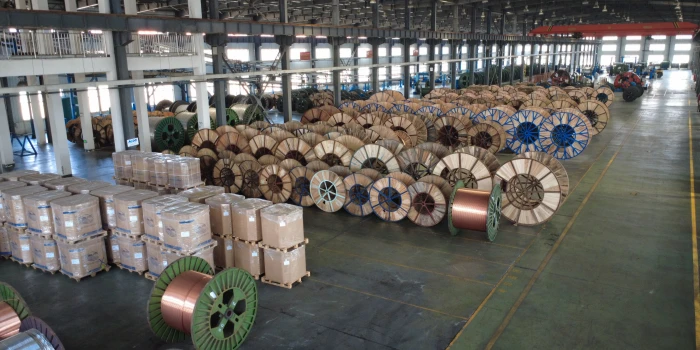
Chile El Project
CompletedReliable 19/33kV MV cables ensuring safe, stable, and efficient power transmission for critical projects.
Country:Chile
Model:19/33kV MV Power Cables x 5km

Dominican Edenorte Project
CompletedProvide outdoor power solutions for urban main road reconstruction projects to adapt to complex environments.
Country:Dominican
Model:NPC AAAC Cable & Triplex Cable x 10km
Technical Advantages
FAQ From Customers
-
What are low voltage power cables?
Low voltage power cables are electrical cables designed to carry electrical current at voltages up to 1kV. These cables are used in residential, commercial, and industrial applications for power distribution and internal wiring systems. They are commonly found in lighting circuits, appliances, and smaller electrical installations. Low voltage cables are typically made with copper or aluminum conductors and feature insulation that ensures safe transmission of electricity within buildings and infrastructure. -
What are the different types of low voltage cables?
There are several types of low voltage cables, each designed for specific applications:
1. Power cables: These cables are used for general electrical distribution and power transmission within buildings.
2. Control cables: Used to transmit control signals for various electrical equipment.
3. Communication cables: Designed for telecommunication systems, including data transfer.
4. Flexible cables: These cables are used where the installation requires movement, such as in machinery or mobile equipment. -
Where are low voltage power cables typically used?
Low voltage power cables are primarily used in residential and commercial electrical systems for lighting, appliance power supply, electrical circuits, and distribution panels. They are also used in industrial applications to connect machinery, lighting systems, and control systems. These cables are commonly installed in walls, floors, and roofs of buildings and are an essential part of any electrical installation. -
What are the benefits of using low voltage power cables?
Low voltage power cables offer several benefits, including cost-effectiveness, ease of installation, and safety. These cables are lightweight and flexible, making them easy to route through walls, ceilings, and other tight spaces. They are also designed to be durable, offering long-term performance and minimal maintenance. Additionally, low voltage cables are safer for residential and commercial use, as they are designed to handle electrical currents that are below 1kV, reducing the risk of electrical hazards. -
What materials are used in low voltage power cables?
Low voltage power cables are typically made from copper or aluminum conductors, which provide excellent electrical conductivity. The insulation material used for these cables is often PVC (polyvinyl chloride) or XLPE (cross-linked polyethylene), which provides durability and excellent protection against electrical faults. The outer sheath is usually made from PVC or PE (polyethylene) to provide mechanical protection and ensure the cables are resistant to environmental factors like moisture, chemicals, and UV radiation.


